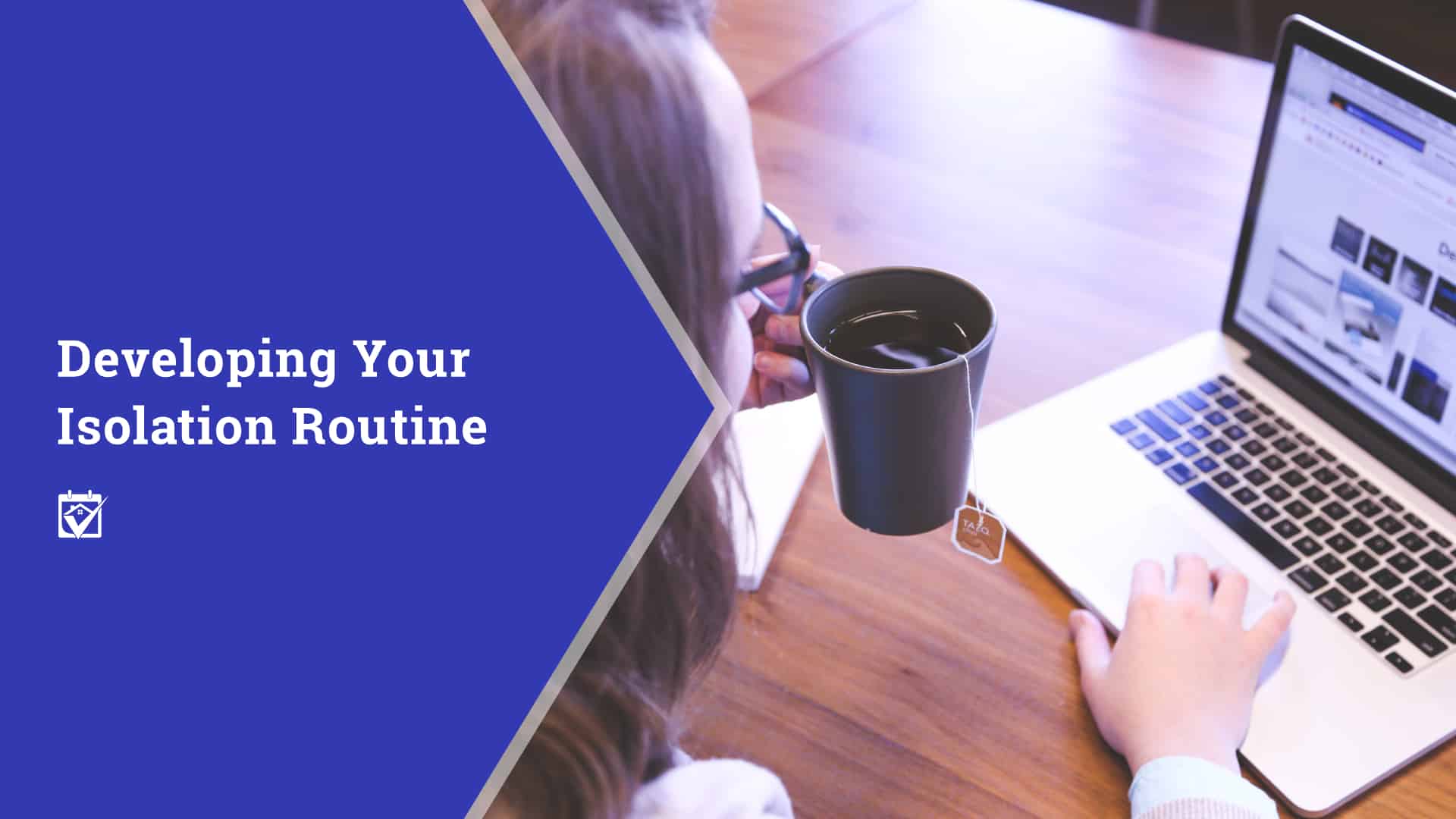Social isolation can be difficult, especially if you’re not used to it. It sounds easy on the surface: Just stay home! If you’re cut off from the social contact and day-to-day routines that you’re used to, though, this can have a significant negative impact on your mental (and sometimes physical) health. If you’ve been struggling with isolation, here are a few things to keep in mind as you develop a routine for your “new normal.”
Assessing Your Needs
As with most things, the very first thing that you need to do is stop and look at what you actually need in your day. Make a list, check it twice and see exactly what you need to include in your day-to-day activities while you’re in isolation. Be sure to include not just those tasks you do every day but also things that need to be done less frequently, such as refilling pill planners or getting the laundry done. Once you have a list, plan out your schedule a week at a time on a calendar for easy reference.
Avoiding Distractions
If you’re having to work from home for the first time, you might be surprised at just how unproductive you are when working from home. Some people flourish in the work-at-home environment, while others discover that the problem with working from home is that home is where you keep all your favorite distractions. Establish office hours for yourself, both to keep others from bothering you and to keep yourself from wandering off in the middle of the work day. For ease of reference, place your office hours on your calendar too.
Add Some Activity
Just because you can’t get to the gym doesn’t mean that you’ve got to give up your exercise routine. Lift weights at home, go for walks or jogs (while maintaining social distancing), check your streaming services for workout content, or buy dancing or exercise-related video games for your favorite console. While you probably won’t be able to replicate the same experience that you get at the gym, even a little bit of activity every day will still do you a ton of good. For that matter, even if you just set an alarm every hour to remind yourself to walk around the house you’ll still be doing yourself some good.
Get Out of the House
Just because you can’t go anywhere doesn’t mean you have to sit inside all day. The weather’s getting nicer, so you should definitely spend some time outside if you can. This could be a great time to prep a garden, get your yard in shape or order the supplies you need to put up some bird feeders. Some sunlight and fresh air every day will do wonders for your well-being, both mentally and physically.
You’re Not Hungry, You’re Bored
Don’t fall victim to the “Quarantine 15.” It’s easy right now to sit around the house and eat more snacks than you normally would because you don’t have much else to do. Take a stand against overeating by finding better things to do with your time. You can also add healthy snacks and other better-for-you alternatives to your next shopping trip, replacing processed chips and candy with fruit and vegetable options.
Mind Your Mental Health
Isolation is very stressful, especially if you live in an area that’s experiencing a large outbreak of COVID-19. All that stress, prolonged over weeks or even months, can have a substantial negative impact on your mental health. Add in the loneliness and depression that can occur as a result of social isolation and you could be looking at some very rough times mentally. Find friends or relatives to call or video chat with to talk about your issues, and don’t be afraid to seek out tele-health options for mental health as well.
Maintaining Your Routine
Don’t assume that things will be the same from week to week. Take some time every weekend to go over your routine from the previous week, figure out what worked well and what didn’t, and adjust your routine for the upcoming week accordingly. This is new to all of us, so it’s ok if you need to change things up every week during your isolation. Just take things a week at a time and remember that even if you have a bad week now, you’ll always have an opportunity to try again next week.

